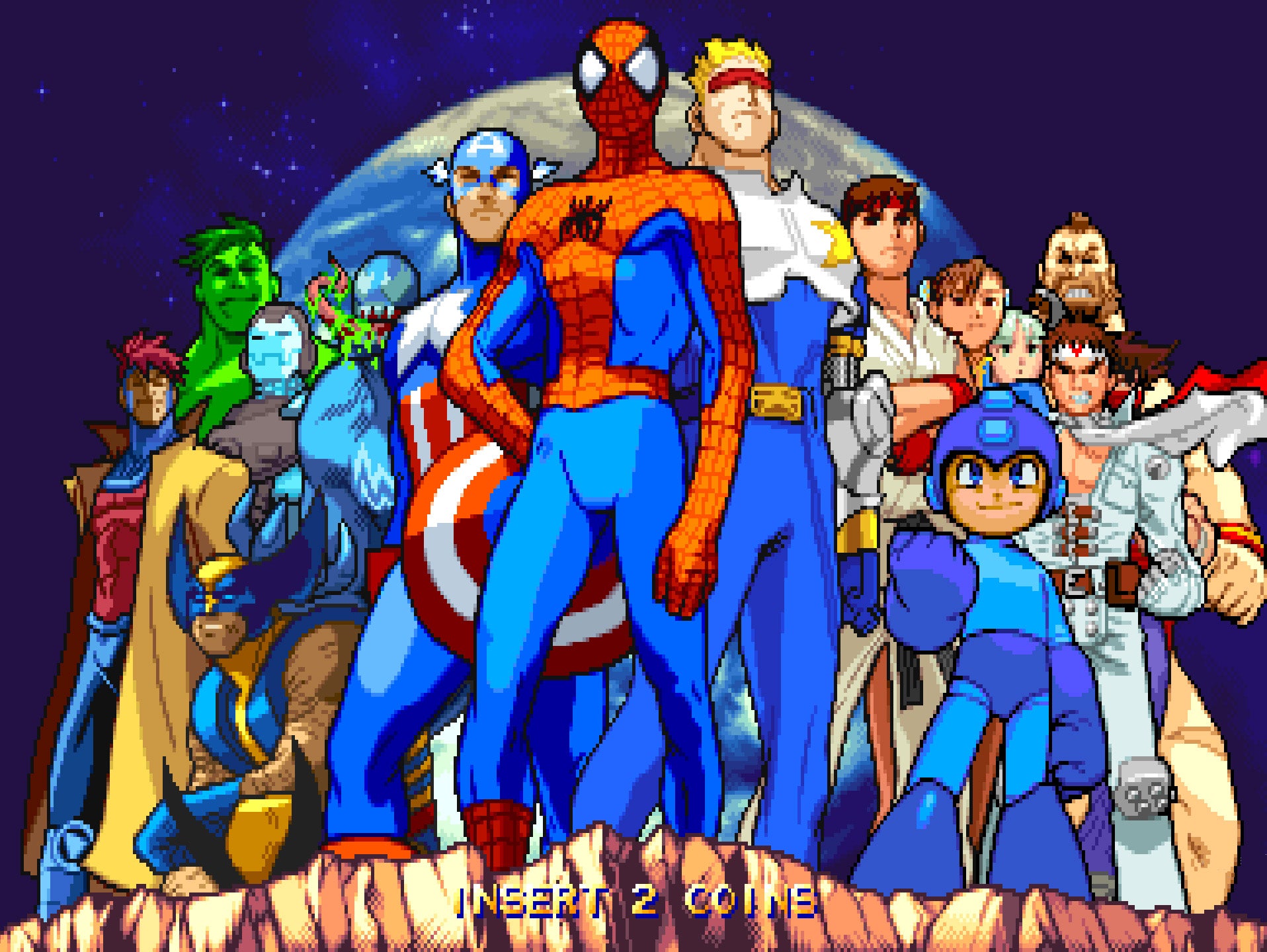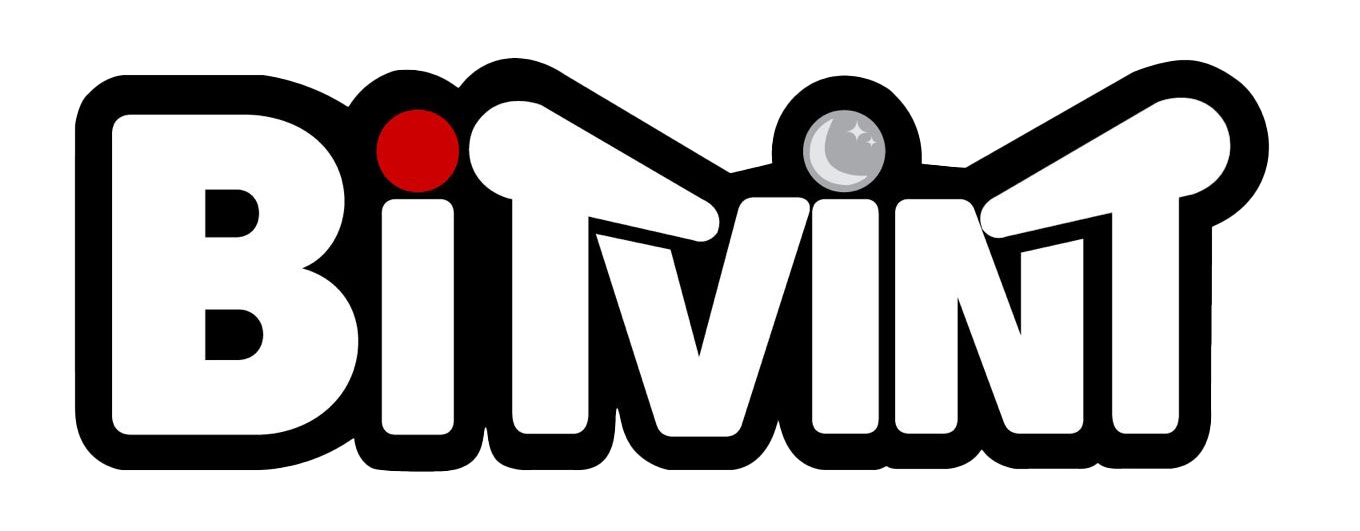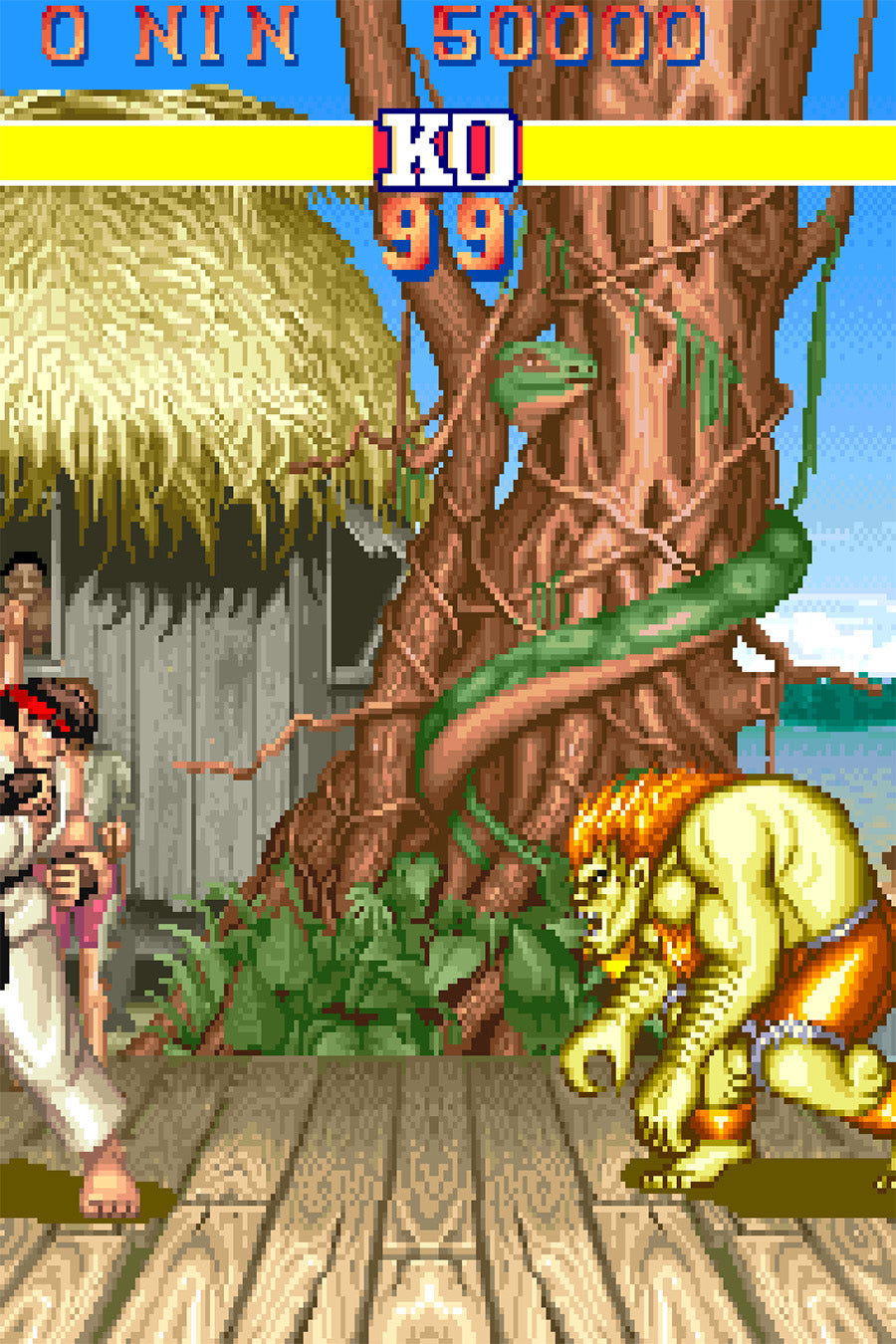Introduction
Capcom is one of the most legendary names in arcade gaming, known for revolutionizing the fighting game genre and pushing arcade technology forward. From the Capcom Play System (CPS-1) that introduced Street Fighter II to the CPS-3 hardware that powered Street Fighter III, Capcom’s arcade boards defined the look and feel of competitive gaming in the 90s.
This article explores the evolution of Capcom’s arcade hardware, its impact on the industry, and how it shaped the golden era of fighting games.

I. The Birth of Capcom’s CPS Hardware (Late 1980s)
The Rise of Capcom in Arcades
Capcom officially entered the arcade industry in the 1980s, initially relying on hardware from other manufacturers. However, as competition grew, the company realized the need for a proprietary arcade hardware system to support its growing lineup of action-packed titles. According to Capcom’s official history, the late 1980s marked a major turning point, with Capcom investing heavily in developing its own arcade infrastructure to standardize production and ensure greater creative control over its games.
Before Capcom introduced its CPS boards, the company had already made a name for itself with hit arcade games like Ghosts ‘n Goblins (1985). However, as arcade gaming evolved, Capcom sought a more powerful and standardized hardware platform to enhance game development and performance.
Introducing the CPS-1 (1988)
- The Capcom Play System 1 (CPS-1) debuted in 1988 with Forgotten Worlds and Ghouls 'n Ghosts. Shortly after, Capcom developed Final Fight (1989), one of the most influential beat ‘em ups ever, showcasing the board’s capabilities.
- This board standardized graphics, sound, and game design, making it easier for Capcom to develop multiple games using the same hardware.
- Capcom’s biggest breakthrough came in 1991 when Street Fighter II ran on CPS-1, turning the arcade industry upside down.
Key CPS-1 Games:
- Ghouls ‘n Ghosts (1988) – A visually stunning arcade platformer.
- Final Fight (1989) – One of the most influential beat ‘em ups ever.
- Street Fighter II: The World Warrior (1991) – The game that started the fighting game boom.
II. The Evolution: CPS-2 (1993) – Anti-Piracy & Fighting Game Domination
Why Capcom Upgraded to CPS-2
After Street Fighter II exploded in popularity, Capcom faced a major issue: bootlegs and unauthorized modifications. Arcade operators would install unlicensed updates, such as "Rainbow Edition" hacks of Street Fighter II, which altered gameplay unfairly.
To combat this, Capcom introduced the CPS-2 board in 1993, which included:
- Encryption technology to prevent unauthorized modifications.
- Stronger hardware for improved graphics and sound.
- Suicide batteries that rendered a game unplayable if tampered with (though this later caused preservation issues).
Fighting Games & CPS-2’s Legacy
The CPS-2 era marked Capcom’s dominance in the fighting game scene. Games featured better sprites, smoother animations, and deeper mechanics.
Key CPS-2 Games:
- Alien vs. Predator (1994) – One of the best arcade beat ‘em ups, blending Capcom’s signature style with the iconic sci-fi franchise.
- Darkstalkers (1994) – A fighting game with anime-inspired visuals and unique mechanics.
- Marvel vs. Capcom (1998) – Tag-team combat became a defining feature.
III. The Final Form: CPS-3 & The Birth of Street Fighter III (1996)
CPS-3: A Short-Lived but Powerful Upgrade
Capcom introduced the CPS-3 system in 1996, designed for higher-quality animation and backgrounds. However, the system was complex and costly, leading to only a handful of games being released on it.
Why CPS-3 Was Unique
- Allowed highly detailed sprites and fluid animation.
- Powered Street Fighter III, which had some of the most advanced sprite animations ever seen in an arcade game.
- However, due to high costs and piracy issues, Capcom discontinued CPS-3 after just six games.
According to a Capcom Fighters Network (CFN) article, developers saw Street Fighter III as an evolution of what Street Fighter could be, pushing the boundaries of sprite animation and character diversity (Capcom CFN).
Key CPS-3 Games:
- Red Earth (1996) – A unique RPG-like fighting game.
- JoJo’s Bizarre Adventure (1998) – A stylish fighter based on the anime.
- Street Fighter III: 3rd Strike (1999) – Considered one of the greatest fighting games of all time.
IV. Capcom’s Arcade Legacy & Influence on Modern Fighting Games
Although Capcom moved away from proprietary arcade hardware after CPS-3, its arcade legacy remains unmatched:
- The Street Fighter series continues to thrive in modern esports.
- Many fighting game mechanics introduced in CPS-1 and CPS-2 are still used today.
- Capcom’s arcade fighters are still played in tournaments worldwide.
- CPS hardware influenced later arcade platforms like the NAOMI board, which Capcom later used for games like Capcom vs. SNK 2.
Conclusion
Capcom’s CPS hardware defined the golden age of fighting games, setting new standards for animation, competitive balance, and arcade gaming technology. From the groundbreaking Street Fighter II on CPS-1 to the visually stunning Street Fighter III on CPS-3, Capcom’s arcade boards were at the center of the 90s arcade scene.
Even today, these games remain fan favorites in retro arcades and esports tournaments, proving that Capcom’s influence on arcade gaming is truly timeless.
Which Capcom Arcade Hardware Created Your Favorite Games?
Total Votes: 0










